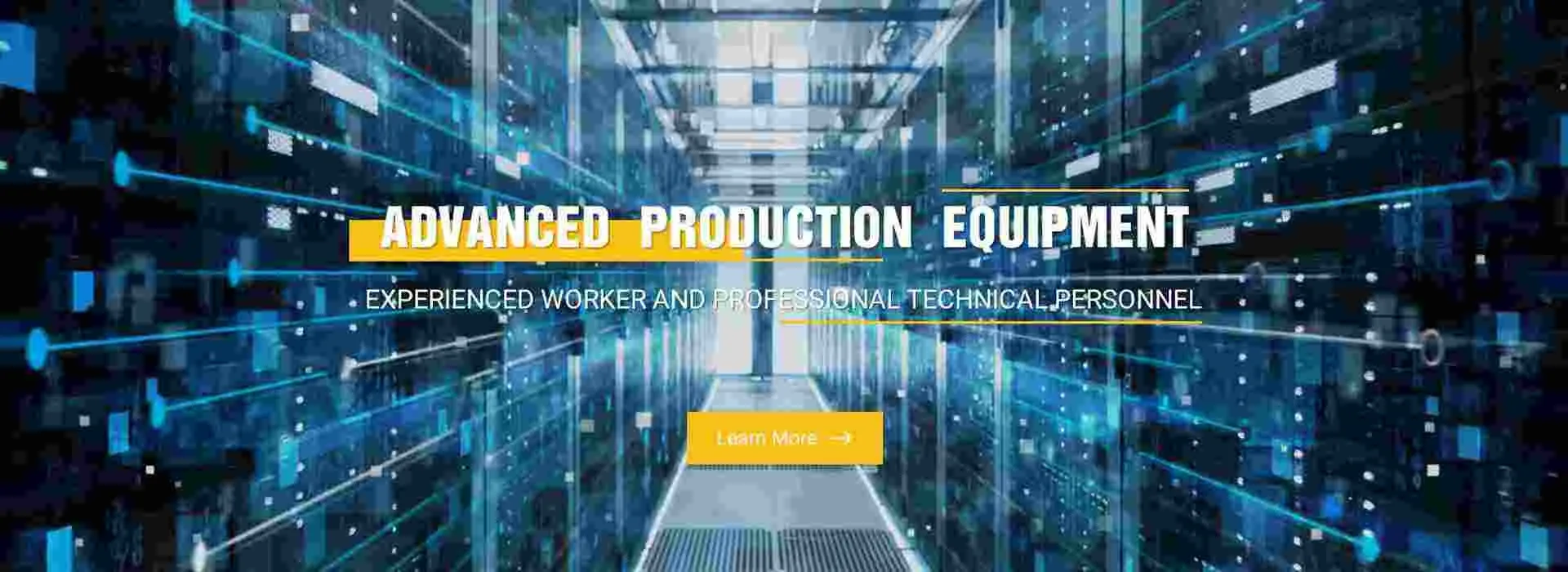
-
 Afrikaans
Afrikaans -
 Albanian
Albanian -
 Amharic
Amharic -
 Arabic
Arabic -
 Armenian
Armenian -
 Azerbaijani
Azerbaijani -
 Basque
Basque -
 Belarusian
Belarusian -
 Bengali
Bengali -
 Bosnian
Bosnian -
 Bulgarian
Bulgarian -
 Catalan
Catalan -
 Cebuano
Cebuano -
 Corsican
Corsican -
 Croatian
Croatian -
 Czech
Czech -
 Danish
Danish -
 Dutch
Dutch -
 English
English -
 Esperanto
Esperanto -
 Estonian
Estonian -
 Finnish
Finnish -
 French
French -
 Frisian
Frisian -
 Galician
Galician -
 Georgian
Georgian -
 German
German -
 Greek
Greek -
 Gujarati
Gujarati -
 Haitian Creole
Haitian Creole -
 hausa
hausa -
 hawaiian
hawaiian -
 Hebrew
Hebrew -
 Hindi
Hindi -
 Miao
Miao -
 Hungarian
Hungarian -
 Icelandic
Icelandic -
 igbo
igbo -
 Indonesian
Indonesian -
 irish
irish -
 Italian
Italian -
 Japanese
Japanese -
 Javanese
Javanese -
 Kannada
Kannada -
 kazakh
kazakh -
 Khmer
Khmer -
 Rwandese
Rwandese -
 Korean
Korean -
 Kurdish
Kurdish -
 Kyrgyz
Kyrgyz -
 Lao
Lao -
 Latin
Latin -
 Latvian
Latvian -
 Lithuanian
Lithuanian -
 Luxembourgish
Luxembourgish -
 Macedonian
Macedonian -
 Malgashi
Malgashi -
 Malay
Malay -
 Malayalam
Malayalam -
 Maltese
Maltese -
 Maori
Maori -
 Marathi
Marathi -
 Mongolian
Mongolian -
 Myanmar
Myanmar -
 Nepali
Nepali -
 Norwegian
Norwegian -
 Norwegian
Norwegian -
 Occitan
Occitan -
 Pashto
Pashto -
 Persian
Persian -
 Polish
Polish -
 Portuguese
Portuguese -
 Punjabi
Punjabi -
 Romanian
Romanian -
 Russian
Russian -
 Samoan
Samoan -
 Scottish Gaelic
Scottish Gaelic -
 Serbian
Serbian -
 Sesotho
Sesotho -
 Shona
Shona -
 Sindhi
Sindhi -
 Sinhala
Sinhala -
 Slovak
Slovak -
 Slovenian
Slovenian -
 Somali
Somali -
 Spanish
Spanish -
 Sundanese
Sundanese -
 Swahili
Swahili -
 Swedish
Swedish -
 Tagalog
Tagalog -
 Tajik
Tajik -
 Tamil
Tamil -
 Tatar
Tatar -
 Telugu
Telugu -
 Thai
Thai -
 Turkish
Turkish -
 Turkmen
Turkmen -
 Ukrainian
Ukrainian -
 Urdu
Urdu -
 Uighur
Uighur -
 Uzbek
Uzbek -
 Vietnamese
Vietnamese -
 Welsh
Welsh -
 Bantu
Bantu -
 Yiddish
Yiddish -
 Yoruba
Yoruba -
 Zulu
Zulu


Aug . 30, 2024 13:51 Back to list
Push Rod Pull Rod Measuring Wheel - Precision Measurement Solutions
Understanding Push Rod and Pull Rod Measuring Wheels
In industrial settings and various engineering applications, precision measurement is crucial. One of the innovative tools that engineers and technicians utilize for accurate distance measurement is the measuring wheel, which can be adapted for different functionalities through the incorporation of push rods and pull rods.
Understanding Push Rod and Pull Rod Measuring Wheels
The integration of push rods and pull rods can enhance the functionality of measuring wheels significantly. A push rod typically refers to a component that transfers force in a linear direction, usually extending out to initiate some form of movement or measurement. In the context of a measuring wheel, a push rod might be employed to stabilize the wheel during measurement, ensuring it maintains contact with the ground and delivers accurate readings.
push rod pull rod - measuring wheel

On the other hand, a pull rod may be used to facilitate ease of use and adjust the measuring wheel's height for different users or terrains. The pull rod can be adjusted to maintain the proper angle at which the wheel rolls, allowing for a more comfortable and efficient measuring experience. Together, these rods can make a measuring wheel not only user-friendly but also versatile in various environments, from rugged terrains to flat pavements.
One significant advantage of using measuring wheels with push and pull rods is the enhanced ergonomics, which minimizes user fatigue. With adjustable components, users can tailor the wheel to fit their physical requirements and the specific conditions of the measuring site. This adaptability allows for prolonged use without discomfort, making it an excellent option for surveyors and construction workers who need to cover large areas.
In conclusion, push rod and pull rod integrations in measuring wheels expand their capabilities significantly. By providing stability, comfort, and adaptability, these components make measuring wheels an essential tool in fields requiring precision measurements. As technology advances, we can expect even more innovations that will further enhance these tools, ensuring that measurement accuracy remains at the forefront of engineering and surveying tasks.
Latest news
The Unique Design of Cable Socks
NewsJun.04,2025
Swivel Connectors in Industrial Automation
NewsJun.04,2025
Safety Features of Link Sticks
NewsJun.04,2025
How to choose the best cable pulling winch for sale
NewsJun.04,2025
Fish tape safety precautions
NewsJun.04,2025
Essential Maintenance Tips for Cable Pulling Tools
NewsJun.04,2025











